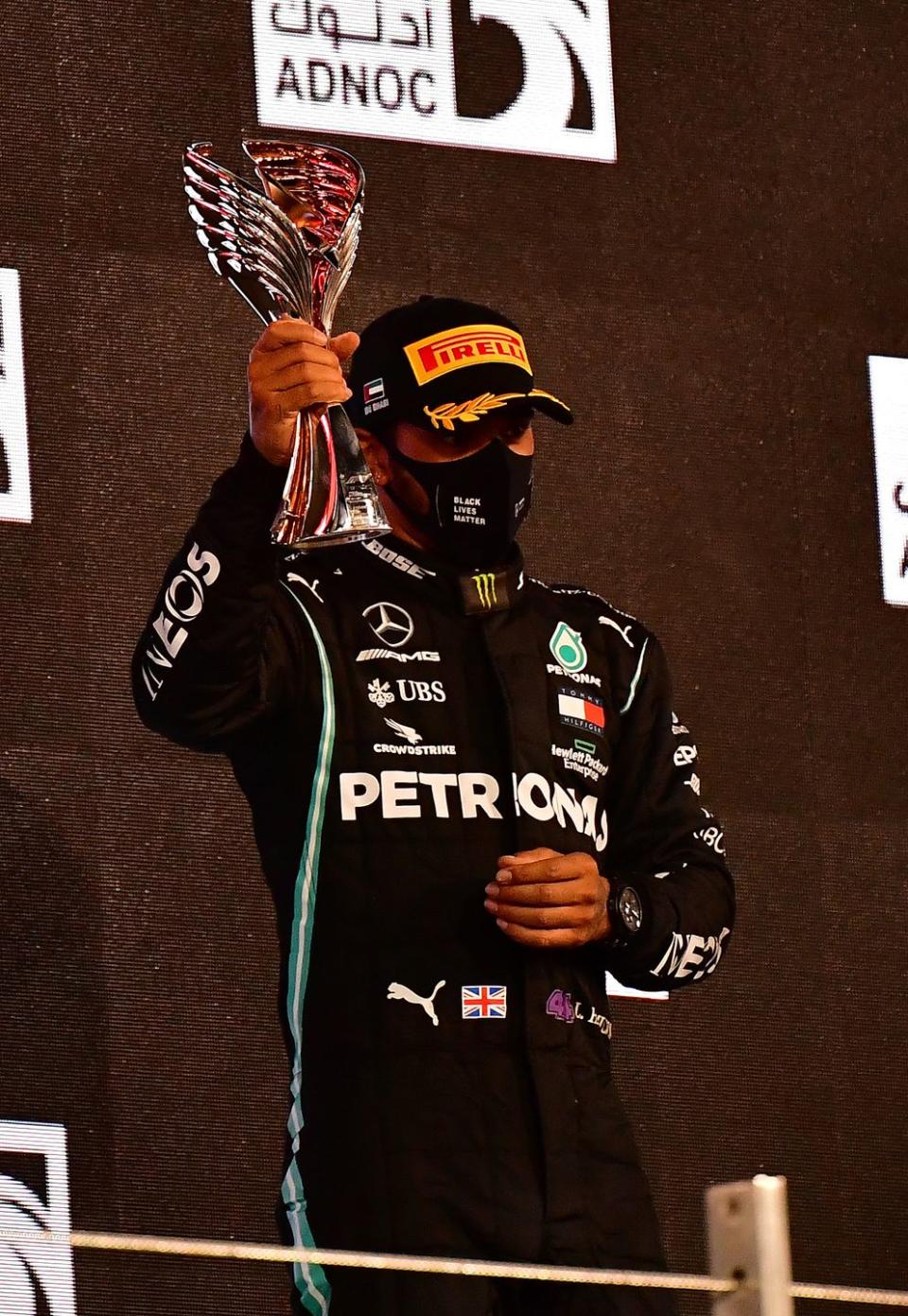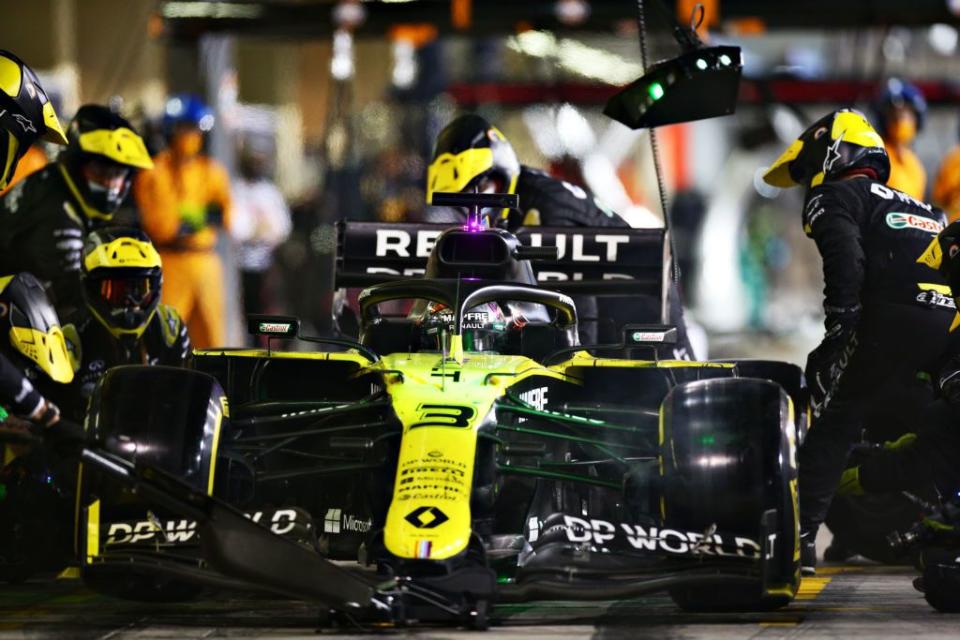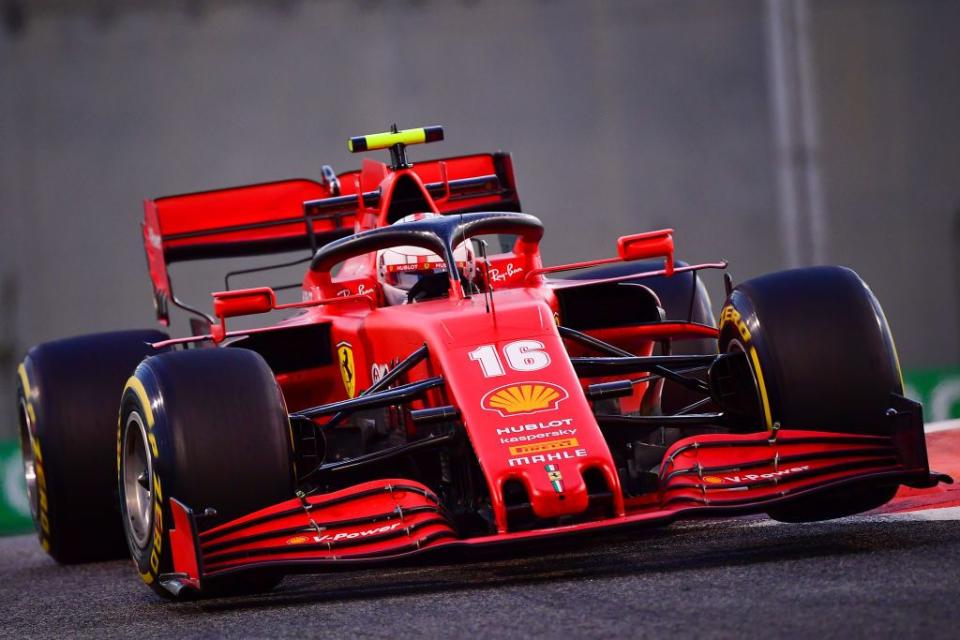F1 Budget Cap Will Help, But Don't Expect a Suddenly Even Playing Field

Formula 1 teams will operate under a new $145 million budget cap in 2021.
That budget cap, however, includes no fewer than 20 different lines on a team's budget excluded from the $145 million figure.
Among the items not included in the cap are marketing costs, driver salaries, and the salaries of the three highest-paid employees.
This year, Formula 1 teams will have a budget cap for the first time.
It means that the big teams will have to spend less money, but rest assured, Mercedes, Ferrari and Red Bull fans. Your team will still have more money to spend than the rest of the F1 grid. The budget cap is not that important to the rest of the field, since only a few of the teams even have budgets that will be impacted by the new financial rules.
While not the answer to a more competitive Formula 1, the new budget cap is a starting point.
The budget cap has been a complicated goal to achieve, and the document outlining the policing of the new rules, which were first published in October 2019, runs to 41 pages. The original cap was to be set at $175 million for a season of 21 races. This was later brought down to $145 million after the pandemic struck. Under the terms of these rules, the limit increases by $1 million per race if there are more than 21 races.

However, the key thing about the cost cap is not what it covers but rather what it still allows. There are no fewer than 20 different lines on a team's budget excluded from the $145 million figure, including all marketing costs, driver salaries, and the salaries of the three highest-paid employees. There are heritage activities, finance costs, taxes and so on, and so on. It's all covered in items A to T in the regulations.
These are followed by pages explaining how the rules will be interpreted; how a Cost Cap Administration and Adjudication Panel will operate; how teams must demonstrate their ongoing compliance by submitting reports and how investigations, breaches, adjudications, appeals and penalties will work.
When all is said and done, however, the aim to limit certain costs while leaving teams free to decide how to allocate their resources, has been achieved. And this means that there will be a slightly better competitive balance between the teams and a fairer sport, while at the same time ensuring the long-term financial stability and sustainability of the teams,
The cap rules are also careful to preserve the unique technology and engineering challenge that Formula 1 presents.
The cap is scheduled to come down to $140 million in 2022 and $135 million in 2023 and, it is hoped that revenues will rise to a point at which the smaller teams would have their basic costs covered by the prize money available through the F1 Constructors' Championship. Under the terms of the previous deal, the smaller teams each got around $50 million a year. The new deal will mean perhaps $60-70 million.
But don’t trust anyone who comes up with actual figures at the moment because the numbers are based on percentages, and unless you know the total, it is impossible to calculate the splits.
What we do know is that all the numbers thus far have been based on the last declared revenues for the sport, which were $2 billion in 2019. The 2020 figures will be published in a month or so, and it is to be expected that the total will be perhaps as small as $1 billion because of COVID-19.
So, if we assume that there will be a $1 billion revenue figure, how will this break down?
Because the Concorde Agreement is a commercial contract, it is all top secret and the signatories are not allowed to give details about who gets what. Under the terms of the old deal, half the overall revenues went to the Commercial Rights Holder (now Liberty Media) and half to the teams. Both sides gave up 2.5% percent of the overall revenues so that Ferrari can be given a special payment for being “the longest standing team." The word is that this has been reduced to an annual payment of $40 million, which rival teams accepted because they understand that Ferrari is important to the sport and should be rewarded for that longevity.

If the agreements are as rumored, this will actually become $50 million because each engine manufacturer which runs a team of its own will be given $10 million to help them out. This applies to Ferrari, Mercedes and Renault.
Several other teams used to receive special payments for their performance or for their historical value. The teams involved were Mercedes, Red Bull, McLaren, Renault and Williams. Liberty Media originally intended to get rid of these payments and put the roughly $250 million freed up into the main prize fund.
It seems, however, that there are still some special payments in the new deal, although these are more restricted and based on a percentage of the money that the Commercial Rights Holder makes, above a specific threshold. We do not know that total, nor the percentage, so calculating how much there is in this fund, and how it is split by the teams with a record of success or historical importance, is impossible to calculate.
What we can say with some confidence is that there will be nothing in this fund if the overall revenues are only around $1 billion.
The team money was previously divided into two so-called columns from the F1 prize fund: one column where money is divided equally between the 10 teams; the other column being divided up, based on performance. The percentage splits in this second column used to be 19-16-13-11-10-9-7-6-5-4, but the word is that under the new deal the Constructors’ Champion will get 14% and the 10th team will 6%. And if the overall pot is bigger (as was the plan) then the bigger teams would get less than they used to and the small teams would get more.

The playing field would be more balanced, but it would still not be level. The problem, of course, is that all of this was agreed based on percentages and if the overall revenues drop, everyone suffers. That is what is going to happen as a result of the pandemic.
There is no doubt that the new agreements are fairer, if still not perfect, and that the budget cap will help to close the gaps a little, but the big teams are still going to be outspending the little ones.
The important thing now however, everyone agrees, is to get through the global pandemic and keep the revenues as high as possible. But there is a sense that the sport is now working together more than ever before.
“It’s more of a partnership I would say,” Christian Horner says. “It’s now down to the teams to work collectively with the promoter to improve the show and the appeal of Formula 1.”
Once the pandemic is out of the way, of course.

